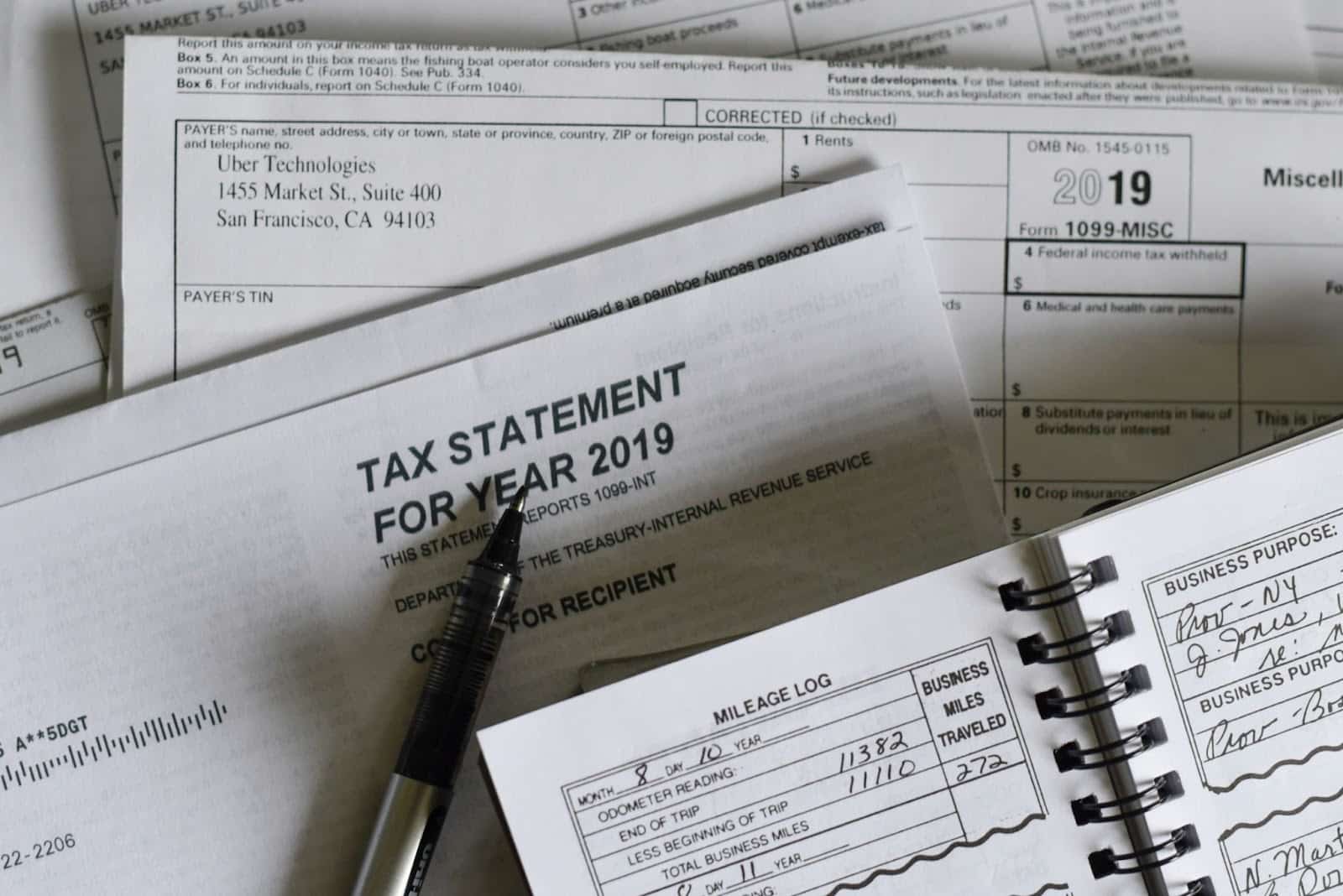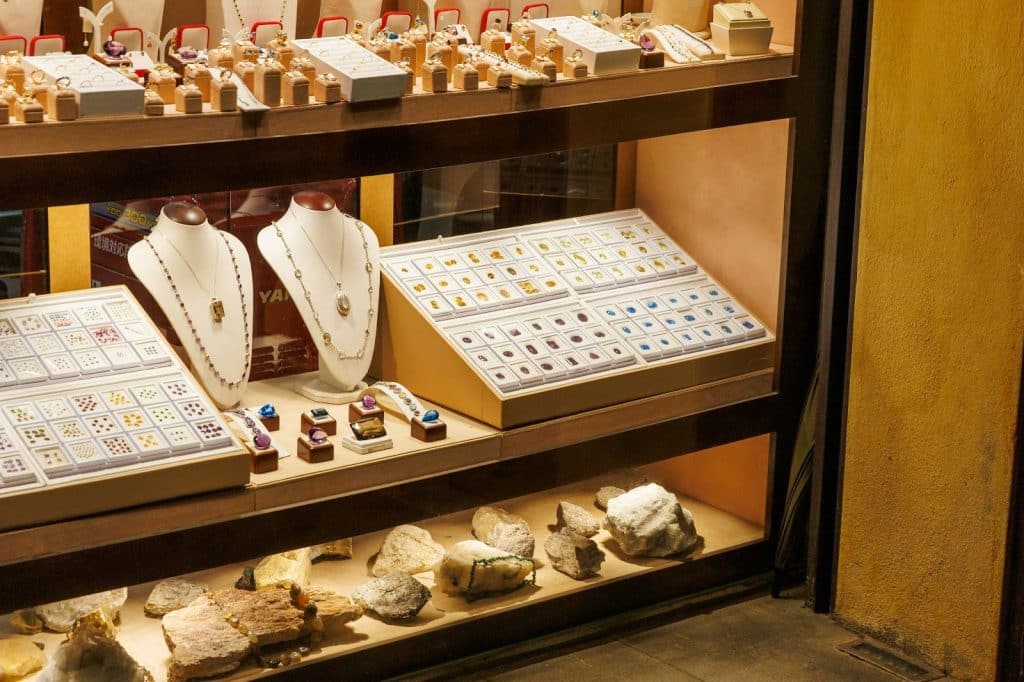London has always been a city where wealth takes many forms. From Mayfair penthouses to Bond Street jewellery collections, the capital’s affluent residents hold substantial value in tangible assets.
But here’s what many don’t realise: those designer handbags, luxury watches, and fine jewellery sitting in your safe aren’t just beautiful objects; they’re financial tools waiting to be leveraged.
The traditional approach to luxury ownership is simple: buy, enjoy, store, and eventually pass down or sell. However, savvy Londoners are discovering sophisticated ways to make their valuables work harder without permanently parting with them.
Whether you’re navigating cash flow gaps between property deals, funding a business opportunity, or simply optimising your asset portfolio, your luxury items offer financial flexibility that most people overlook.
Understanding how to strategically use your valuables as financial instruments can transform your approach to wealth management. Services that allow you to pawn jewellery and other luxury assets provide immediate liquidity while maintaining ownership, creating a bridge between illiquid assets and cash needs.
This isn’t about desperation; it’s about intelligent capital deployment in a city where opportunities move fast and timing matters.
The Hidden Value in Your Jewellery Box
Walk into any Knightsbridge residence and you’ll find thousands, sometimes millions of pounds worth of jewellery that rarely sees daylight. That Cartier Love bracelet, those diamond earrings from Tiffany, the vintage Bulgari necklace, they’re not just accessories, they’re concentrated wealth in wearable form. Unlike property or stocks, luxury jewellery combines portability, privacy, and surprisingly stable value retention.
The London luxury jewellery market operates on different dynamics than other cities. Pieces from heritage brands like Graff, Van Cleef & Arpels, and Harry Winston hold their value exceptionally well here thanks to consistent demand from international buyers. This stability makes jewellery an ideal asset class for short-term financing without the volatility concerns of equities or crypto.
What many London jewellery owners don’t realise is that their pieces can generate returns without being sold. Using jewellery as collateral for short-term loans preserves ownership while accessing liquidity for time-sensitive opportunities. It’s a strategy that high-net-worth individuals have employed quietly for centuries, though it’s only recently become more accessible to a broader affluent audience.
Why London’s Wealthy Are Rethinking Asset Liquidity
The capital’s property market illustrates a common wealth management challenge: being asset-rich but cash-poor. You might own a £3 million townhouse in Chelsea and a portfolio of luxury goods, yet struggle to access £50,000 quickly for an investment opportunity. Traditional banks move slowly, require extensive documentation, and often can’t lend against portable luxury assets.
This liquidity gap creates real opportunity costs. Missing a property auction because funds won’t clear in time, passing on a business venture because you can’t access bridge financing, or paying high-interest credit card rates when you’re sitting on valuable assets, these scenarios play out daily across London. Smart asset management means having strategies to convert illiquid wealth into working capital when timing demands it.
The psychology of asset ownership is shifting, too. Younger, wealthier Londoners view luxury goods more pragmatically than previous generations. A £20,000 Rolex isn’t just a watch; it’s a financial instrument that can be leveraged, traded, or used strategically. This mindset unlocks flexibility that traditional “buy and hold forever” approaches miss entirely.
Beyond Jewellery: The Full Spectrum of Luxury Assets

Jewellery might be the most obvious candidate for asset-backed financing, but London’s luxury ecosystem extends far beyond rings and necklaces. Designer handbags from Hermès and Chanel have become legitimate investment pieces, with certain Birkin bags appreciating faster than gold. Limited edition watches from Patek Philippe and Audemars Piguet trade at premiums that would make most fund managers jealous.
Fine art presents another interesting opportunity for London collectors. That Banksy in your Shoreditch loft or the contemporary pieces you’ve accumulated from Frieze Art Fair represent significant capital that can be leveraged. Art-backed lending has become increasingly sophisticated, with specialists who understand the nuances of valuing pieces that traditional lenders wouldn’t touch.
Luxury cars, particularly classic or limited edition models, occupy a unique space in London’s luxury asset landscape. A vintage Aston Martin or Ferrari isn’t depreciating in your garage; it’s likely appreciating. These vehicles can be used as collateral while you continue to enjoy them, provided you work with specialists who understand automotive asset values.
The Mayfair Strategy: Discretion and Speed
London’s financial elite operate under different rules than the general public, particularly around discretion. When you’re raising capital for a venture or covering a temporary shortfall, the last thing you want is your banker gossiping at the club or your transaction appearing on credit reports. Asset-backed financing offers the privacy that traditional banking simply cannot match.
Speed matters enormously in London’s fast-moving markets. Property opportunities in prime central London disappear within hours. Business deals move at the pace of WhatsApp messages, not bank processing times. The ability to access £100,000 within 24 hours using your luxury assets as collateral can be the difference between seizing opportunities and watching them vanish.
This approach also avoids the invasive scrutiny of traditional lending. No credit checks, no proof of income documentation, no questions about how you’ll spend the money. Your assets speak for themselves, and the transaction remains between you and the lender exactly how London’s wealthy prefer to operate.
Understanding True Asset Value in London Markets
Not all luxury items are created equal when it comes to leveraging for capital. Brand matters enormously in London’s resale markets. A Cartier Tank watch will always be more financeable than a no-name luxury timepiece, even if the materials are comparable. Heritage matters, provenance matters, and market depth matters.
The Four Cs of diamond quality cut, clarity, colour, and carat determine a stone’s value, but the fifth C—certificate often makes the biggest difference in financing. GIA certification transforms a beautiful diamond into a bankable asset because it provides objective, verifiable quality metrics. Without certification, even spectacular pieces face valuation challenges.
Condition and completeness dramatically affect asset values in ways most owners don’t consider. That Hermès Birkin might be worth £15,000 with its original box and dust bag, but only £11,000 without them. Original purchase receipts, service records for watches, and authenticity certificates all enhance an item’s financeable value by reducing uncertainty and risk.
Tax Efficiency and Asset Management

Using luxury assets strategically can offer tax advantages that pure cash transactions don’t provide. When you borrow against your jewellery rather than selling it, you’re not triggering capital gains tax on any appreciation. For pieces that have significantly increased in value, this difference can be substantial, especially for London residents in higher tax brackets.
The structure of asset-backed financing also creates interesting possibilities for estate planning. Rather than liquidating a collection to generate inheritance funds, families can borrow against assets to cover immediate obligations while preserving the collection for future generations. This maintains both the financial and sentimental value of pieces that may have been in families for generations.
For business owners and property investors, using personal luxury assets to fund ventures keeps business and personal finances separated while maintaining financial flexibility. It’s cleaner than mixing personal guarantees with business loans and provides a distinct source of capital that doesn’t complicate your primary business banking relationships.
The Appraisal Process: What London’s Best Specialists Consider
Professional valuation makes all the difference between getting fair value and being undercompensated for your assets. London’s top appraisers don’t just weigh gold and count stones; they understand brand premiums, market trends, and what pieces actually trade for in current markets. Experience separating a knowledgeable valuer from someone with a scale and a price chart.
Hallmarks tell stories to trained eyes. British hallmarks indicate year, maker, and metal purity, all factors affecting value. Continental marks require different expertise, and Asian pieces present their own considerations. An appraiser who genuinely understands what they’re examining will spot details that dramatically affect valuations.
Market timing influences asset values more than most people realise. Certain designers go through hot and cold periods based on fashion trends, celebrity endorsements, and brand management decisions. A specialist connected to actual market movements can accurately assess current liquidity and value, not just provide historical or theoretical numbers.
Security Considerations for High-Value Assets
When you’re leveraging valuable assets, storage and insurance during the loan period matter immensely. Reputable London firms maintain secure vaulting with Lloyd’s insurance coverage, climate control, and 24/7 monitoring. Your pieces should be safer with them than in your home safe, not at greater risk.
Transportation security for high-value items requires professional handling. Whether you’re visiting Hatton Garden specialists or using collection services, proper insurance coverage during transit protects against the slim but real risk of loss. Bonded couriers and secure transportation aren’t luxuries; they’re necessities when moving six or seven-figure assets.
Documentation creates protection for all parties. Detailed photography, written descriptions, and formal receipts establish exactly what was provided as collateral and in what condition. When you redeem your loan and reclaim your assets, this documentation ensures you receive back precisely what you deposited.
When This Strategy Makes Sense (And When It Doesn’t)
Asset-backed financing excels for bridging short-term capital needs when you have clear repayment paths. If you’re waiting for a property sale to complete, expecting a bonus payment, or covering cash flow gaps in your business, using luxury assets makes perfect sense. The costs are predictable and the process is straightforward.
This approach also works brilliantly for seizing time-sensitive opportunities. That below-market property that needs a fast cash offer, the business partnership that requires immediate capital injection, or the investment opportunity with a tight deadline, these scenarios justify the cost of short-term asset-backed financing.
Where this strategy doesn’t make sense is for long-term borrowing needs or covering ongoing lifestyle expenses you can’t afford. If you don’t have a realistic plan for repayment within six to twelve months, you’re risking permanent loss of sentimental and valuable items. The costs of rolling over loans repeatedly can quickly exceed the value of maintaining ownership.
The Future of Luxury Asset Management in London

Technology is transforming how Londoners interact with luxury asset financing. Digital valuation tools, blockchain authentication, and online platforms are making the process faster and more transparent. What once required multiple in-person meetings can now happen largely remotely, though high-value transactions still benefit from face-to-face specialist assessment.
The luxury resale market’s explosive growth is changing how people view ownership entirely. Platforms like Vestiaire Collective and The RealReal have legitimised pre-owned luxury in ways that simply didn’t exist a decade ago. This liquidity makes luxury assets more fungible and therefore more valuable as financial instruments.
Younger, wealthy Londoners are adopting more fluid approaches to luxury ownership. Rather than accumulating pieces to keep forever, they view luxury goods as rotating assets enjoyed for a period, leveraged if needed, sold when the market peaks, then acquire the next desirable piece. This dynamic approach maximises both enjoyment and financial efficiency.
Building Your Personal Luxury Asset Strategy
Start by inventorying what you actually own and its current market value. That jewellery inherited from your grandmother, the watches accumulated over successful years, the designer bags that seemed frivolous but have appreciated catalogue everything. You might be surprised by how much accessible capital you’re sitting on.
Research specialists who handle your specific asset types. Not every pawnbroker or lender understands haute joaillerie or vintage watches, or contemporary art. Working with true specialists ensures you receive fair valuations and appropriate loan offers rather than being undervalued by generalists who don’t grasp what makes your pieces special.
Consider establishing relationships before you need urgent capital. When you have time to compare offers, understand terms, and ask questions, you make better decisions than when you’re under pressure. Visit lenders, understand their processes, and know your options so that when opportunities arise, you can move quickly with confidence.
Making It Work in Practice
The mechanics are simpler than most Londoners imagine. You provide your luxury items for professional appraisal, receive a loan offer typically between 50-70% of assessed value, and accept or decline based on your needs. If you accept, funds transfer within hours or days, depending on the amounts involved, and your items enter secure storage until you redeem your loan.
Interest rates for asset-backed loans are higher than traditional mortgages but significantly lower than credit cards or unsecured lending. You’re paying for speed, privacy, and flexibility, premium services that command premium pricing. For short-term needs, the total cost often proves quite reasonable when you calculate what opportunities you’re able to seize.
Redemption is straight-forward: repay the principal plus accrued interest, and your items return to you in the same condition they left. Many Londoners use this service repeatedly as a normal part of their financial toolkit, no different than having overdraft protection or a business line of credit, just secured by different collateral.
The Bottom Line for London’s Luxury Asset Holders
Your luxury possessions represent more than memories and status symbols; they’re financial resources that can work for you when deployed intelligently. In a city where timing and opportunity drive wealth creation, the flexibility to access capital quickly without permanently selling cherished items creates real competitive advantages.
The key is approaching luxury assets with the same sophistication you’d apply to any investment portfolio. Understand values, know your options, work with reputable specialists, and use these tools strategically when circumstances call for them. Luxury asset management isn’t about desperation; it’s about optimisation.
London’s wealthy have quietly used these strategies for generations. Now that asset-backed financing has become more accessible and refined, savvy residents across the capital are discovering how to make their valuables work harder. Your jewellery box might just be your most flexible source of capital when opportunities knock.
